Sake, Japan's iconic rice-based alcoholic beverage has a diverse taste profile that can simultaneously surprise first-time drinkers and fascinate seasoned connoisseurs.
Let's explore what sake tastes like, the science and tradition behind its flavor and the various ways to best enjoy it.
Sake Flavor Profiles and Taste Characteristics
Sake comes in a wide range of flavors. This is influenced by its ingredients, brewing method and storage. Common descriptors include:
- Fruity and Floral: This profile is most prominent in premium Ginjo and Daiginjo sake. Expect a light, aromatic note reminiscent of melon, banana, apple, pear, or even cherry blossom.
- Earthy and Nutty: Junmai and Kimoto-style sake often retain more of its rice character, offering a grain-like, cereal aroma and flavor. Hints of chestnut, almond or even walnut are common.
- Lactic or Yogurt-like: Found in styles like Yamahai and Nigori, this flavor profile is created by lactic acid, giving the sake a creamy, tangy sensation. It adds depth and body, similar to yogurt, soft cheese or cream.
- Sweet and Rich: Nigori (cloudy) sake and Kijoshu (dessert sake) tend to be sweeter with lush textures and low acidity. Flavors include coconut, honey, or vanilla, and the richness makes them ideal for sipping slowly or pairing with desserts.
- Dry and Clean: Honjozo and some Junmai sake lean toward dryness with a crisp, no-frills finish. These sakes are light-bodied and easy to drink, often highlighting purity over complexity and are well-suited for casual meals.
In addition to these profiles, many sake varieties carry strong umami flavors (savory depth provided by amino acids) that give the drink a fuller, more satisfying body compared to other alcohols.
Quick Guide to Major Sake Types
| Sake Type | Typical Flavor Profile | Aroma & Texture | Ideal Serving Temp |
|---|---|---|---|
| Junmai | Earthy, umami-rich, full-bodied | Grainy aroma, medium body | Warm or room temp |
| Ginjo | Fruity, light, slightly floral | Melon, apple, banana; smooth texture | Chilled |
| Daiginjo | Refined, delicate, aromatic | Floral, fruity, light body | Chilled |
| Honjozo | Dry, light, easy to drink | Subtle aroma, clean finish | Room temp or warm |
| Nigori | Sweet, creamy, unfiltered | Coconut-like, lactic aroma, thick texture | Chilled |
| Koshu | Aged, rich, caramel, umami | Amber hue, soy sauce & dried fruit notes | Room temp or warm |
| Kijoshu | Dessert-like, sweet, luxurious | Honey, red apple, nutty | Chilled |
Aroma and Scent in Sake
Aroma plays an important role in sake tasting. Sake can emit:
- Fruity bouquets: Such as apple, pear, banana, melon, lychee, citrus, strawberry, and muscat grape. These are most common in Ginjo and Daiginjo sake.
- Floral notes: Delicate fragrances of rose, honeysuckle, orange blossom, or cherry blossom create the perception of lightness and complexity.
- Earthy or rice-like scents: Characteristic of Junmai sake with toasted grain, steamed rice and cereal undertones.
- Roasted or aged aromas: Aged sake (koshu) often exhibits caramel, soy sauce, coffee, tobacco, or even chocolate notes.
- Dairy tones: Lactic elements like cream, yogurt, cream cheese, or butter add richness and body most common in Nigori and Yamahai styles.
- Grassy & Woody: Scents of pine, green grass, or cedar appear especially in traditional or cedar-barrel-aged sake (taruzake).
Aging and Its Impact on Sake Taste
While most sake is consumed fresh, aged sake known as koshu undergoes profound flavor transformation:
- Color: Develops a golden to amber hue
- Aroma: Introduces roasted, nutty, or sherry-like fragrances
- Taste: Evolves into full-bodied, often soy sauce or caramel-like, with dried fruit and malted tones
Aged sake pairs well with grilled or umami-rich dishes and resembles a fine port or sherry.
Taste Components and Chemical Elements
Key chemical compounds shape sake’s taste:
- Sugar and Alcohol – Influence sweetness and body
- Amino Acids – Add umami depth and complexity
- Acids (Succinic, Lactic, Malic) – Provide tartness, body and creaminess
- Peptides and Salt – Introduce savory and mineral notes
These elements interact with brewing choices and rice polishing ratios to define the final flavor.
Factors Influencing Sake Taste
Many variables determine a sake's flavor:
- Rice Polishing Ratio: Lower ratios (Daiginjo) yield delicate, fruity notes; higher ratios (Junmai) retain rustic, earthy flavors
- Koji Mold: Affects sweetness, umami and depth
- Yeast Strain: Influences aroma and acidity
- Pasteurization: Unpasteurized sake (namazake) is vibrant
- Storage and Aging: Alters flavor over time, barrel-aged sake may have hints of cedar
- Serving Temperature and Vessel: Chilled sake is crisp while warm sake is round and rich
Sake Compared to Other Alcoholic Beverages
Sake is unique, but it does share similar characteristics of other drinks:
- Wine: Ginjo sake is aromatic like Riesling but sake has lower acidity
- Sherry/Port: Koshu or Kijoshu resemble aged wines
- Beer: Nigori sake shares the cloudiness and creaminess
- Vodka: Some dry sakes are clean
- Soju/Shochu: Sake has a bit more umami and subtle sweetness
Serving and Tasting Sake
How sake is served changes its perceived flavor:
- Chilled (5–10°C / 41–50°F): Highlights fruit and acidity (best for Ginjo, Daiginjo, Nigori)
- Room Temperature (15–20°C / 59–68°F): Balances aroma and umami (great for Junmai, Honjozo)
- Warm (35–55°C / 95–131°F): Brings out sweetness and roundness (ideal for Junmai or Koshu)
Traditional cups like ochoko or masu may concentrate aroma differently. Wine glasses are ideal for premium sake to amplify the aroma complexity.
Common Questions and Misconceptions About Sake Taste
- Does sake taste like vodka? No. Sake is much smoother, less harsh and has more sweetness.
- Is hot sake always bad? No. Some sake (like Junmai) is delicious served warm.
- What does bad sake taste like? Sour, oxidized or harsh with a burning aftertaste, sometimes reminiscent of vinegar or mildew.
- What does nigori sake taste like? Creamy, sweet, sometimes coconut-like.
- What does sake bomb taste like? Dominated by beer, sake’s subtleties are lost in translation.
- What does cooking sake taste like? Salty, dry, and lacking aroma it is meant for culinary use, not for drinking.
Final Thoughts
Sake is a surprisingly versatile and sophisticated beverage with a flavor spectrum that stretches from light and floral to rich and umami-packed. Whether you're sipping a fruity Daiginjo chilled or a warm, earthy Junmai knowing the influences in sake’s taste can add to your drinking experience.
Explore, taste and find your favorite.
Discover handcrafted sake sets at MyJapaneseWorld.com for your next sake experience.







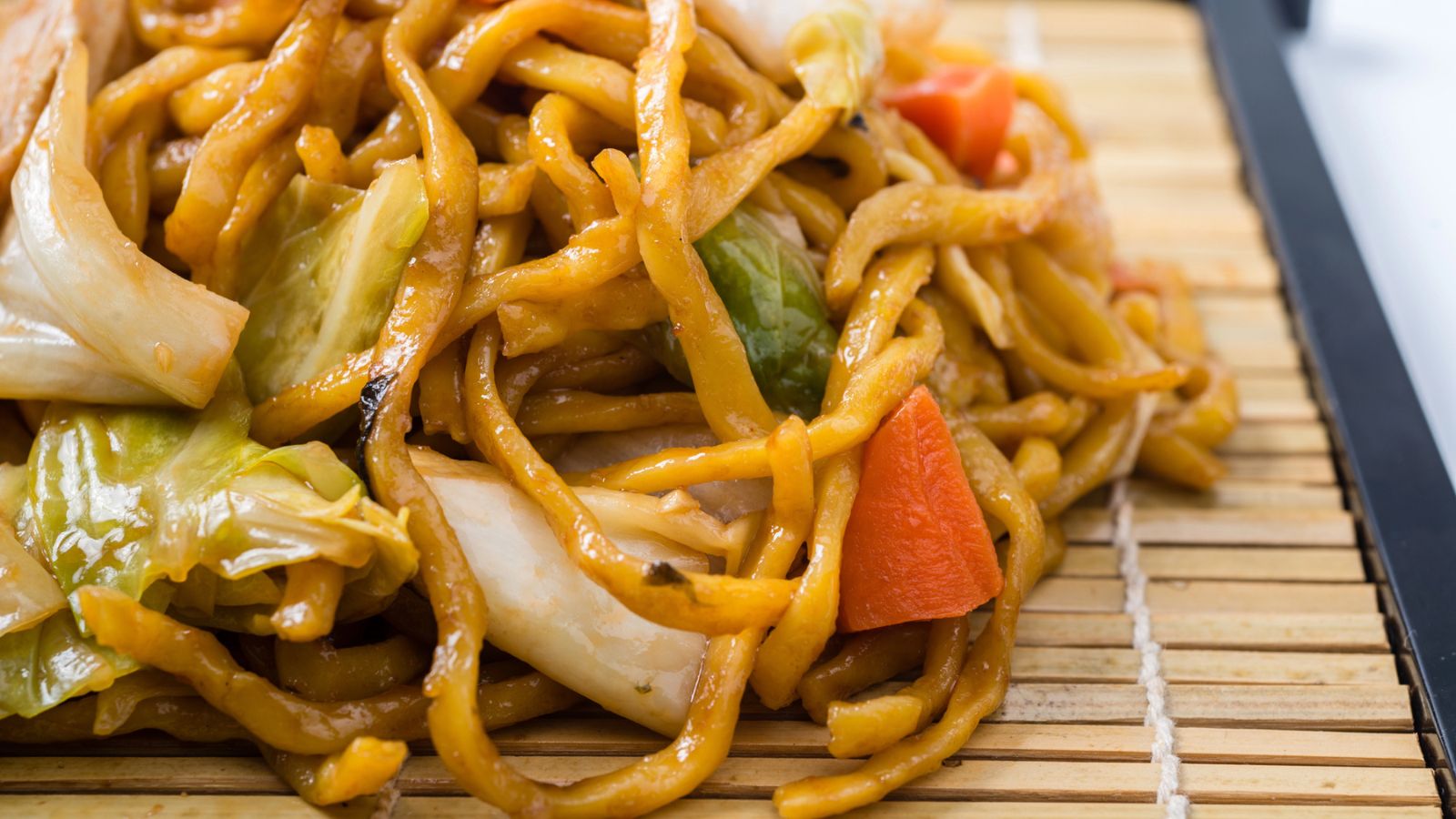
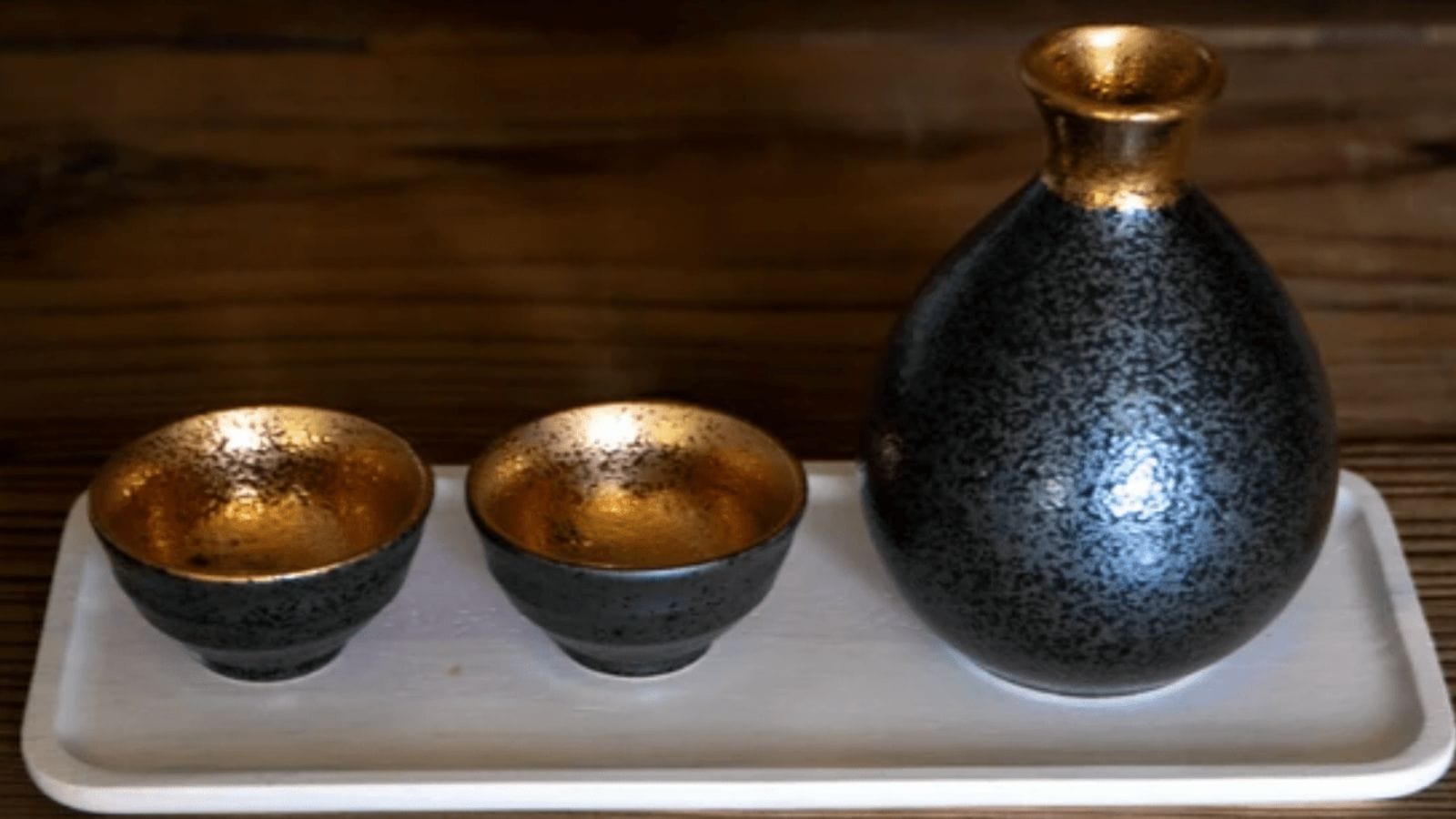
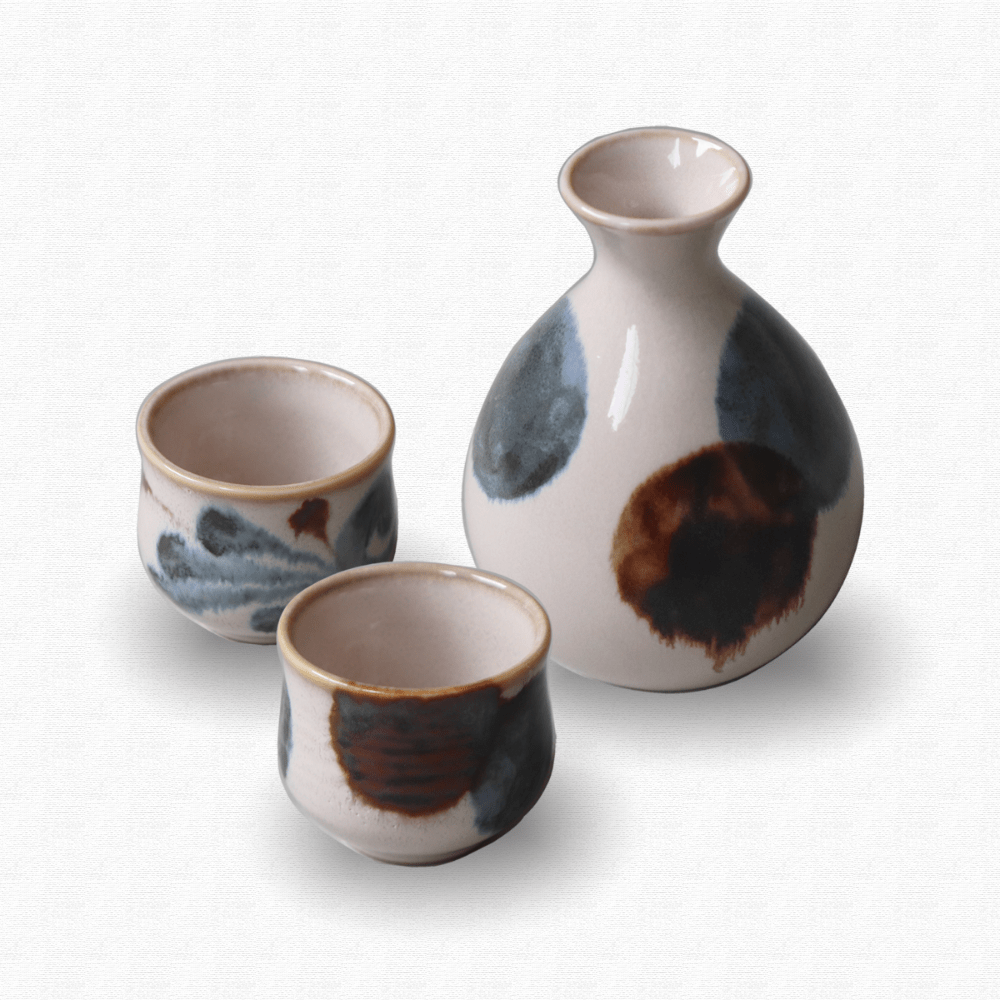
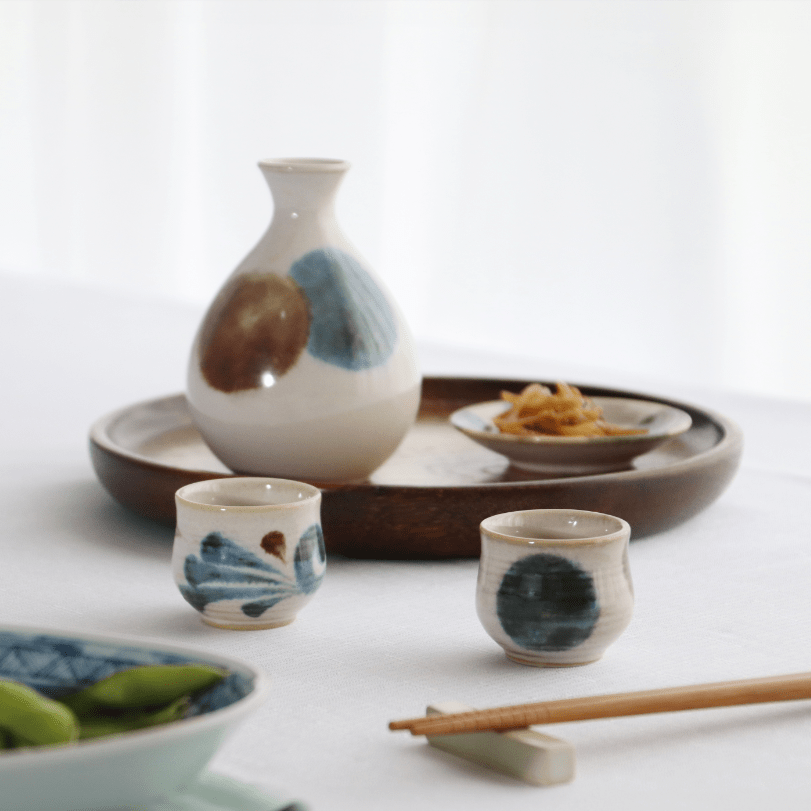
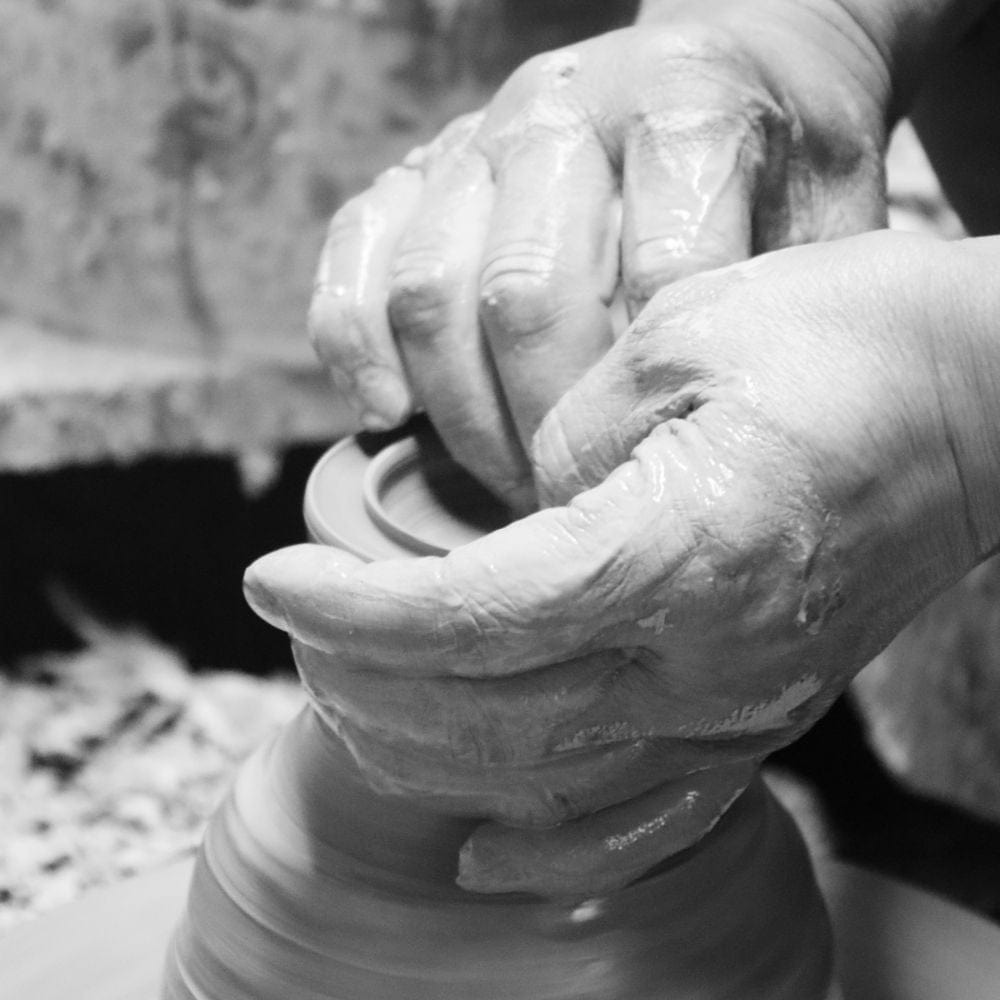
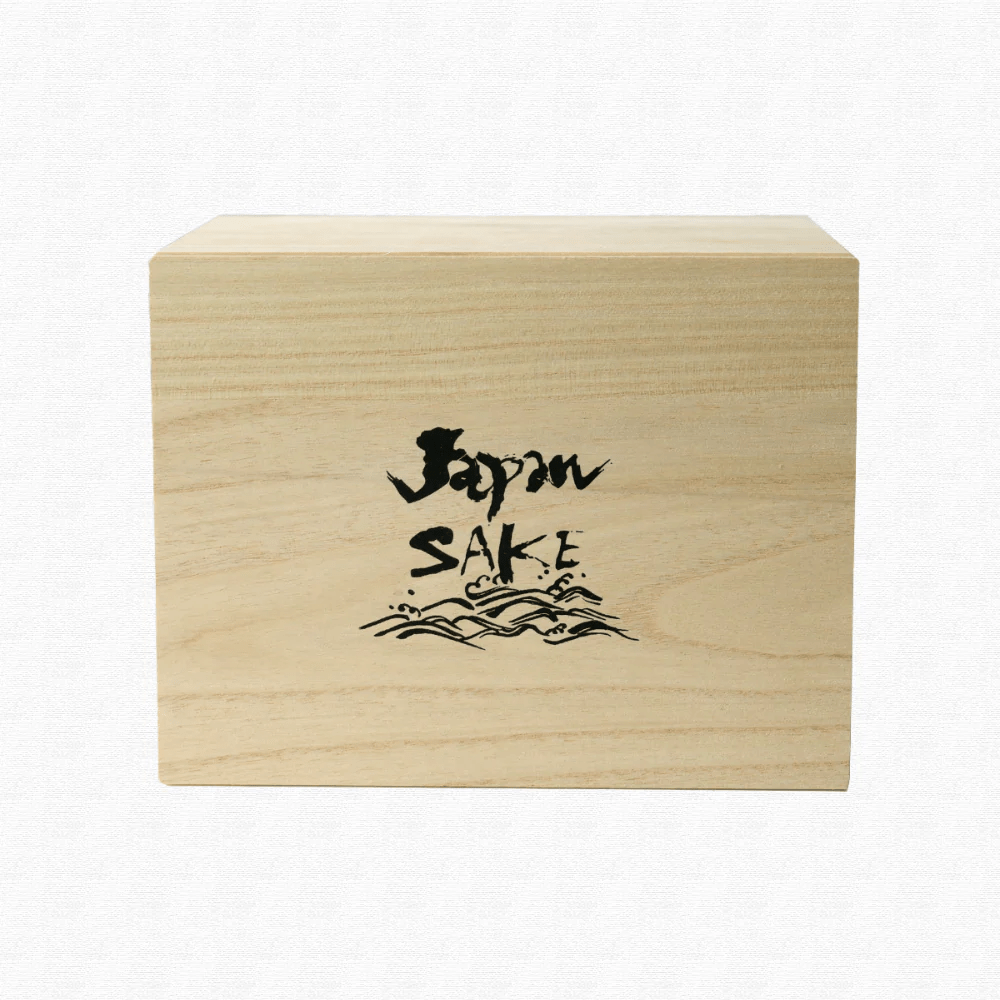
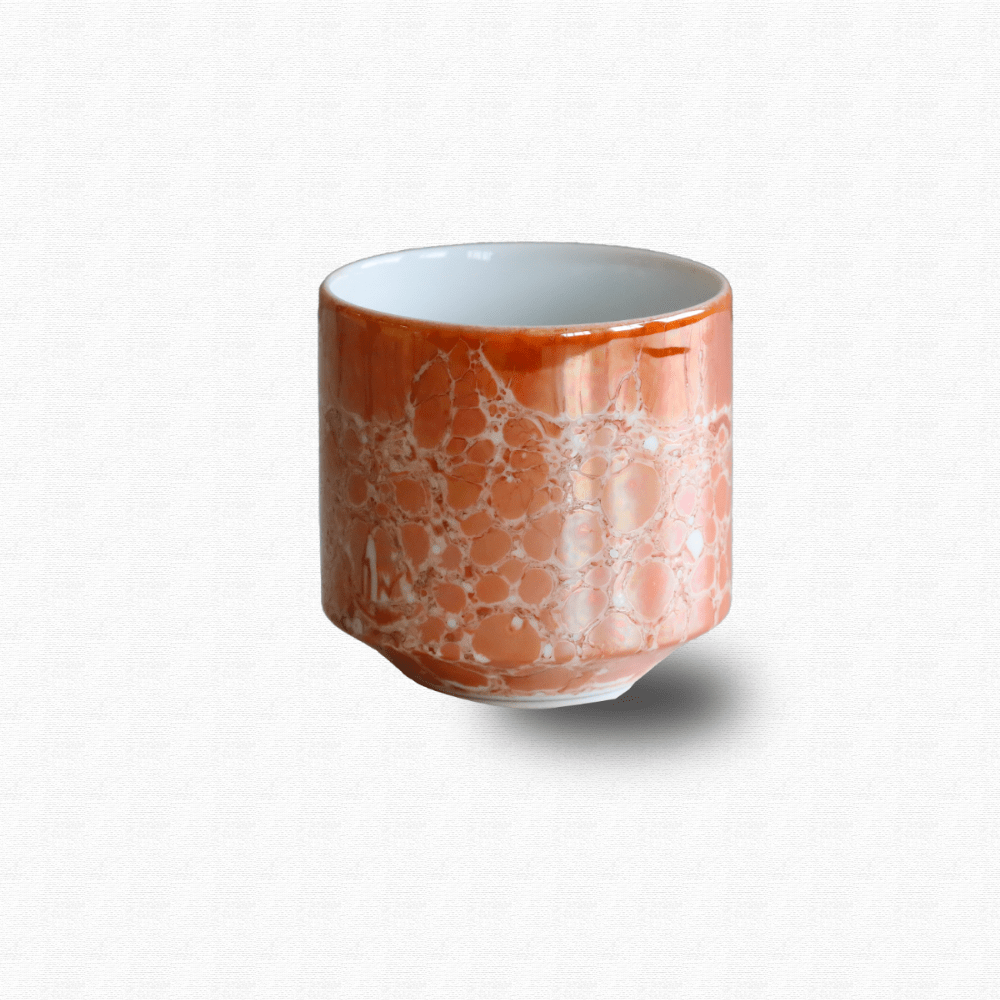

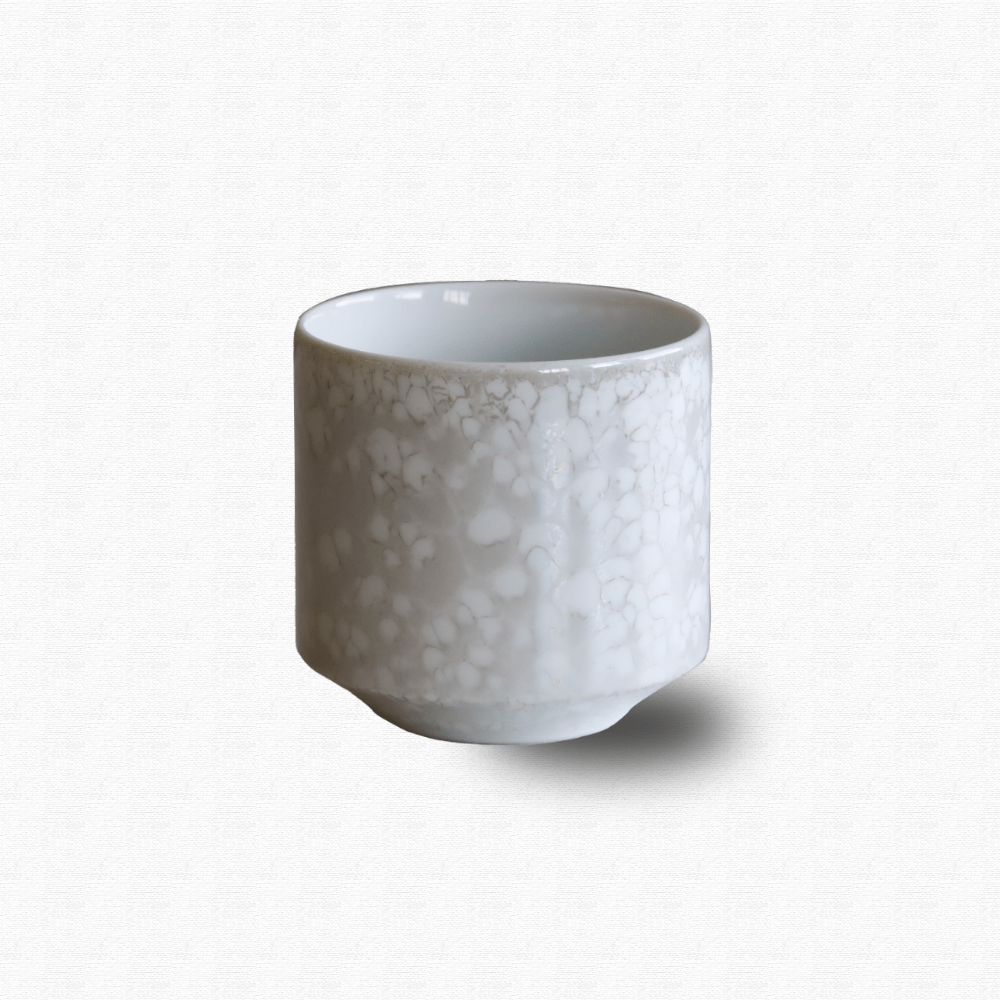
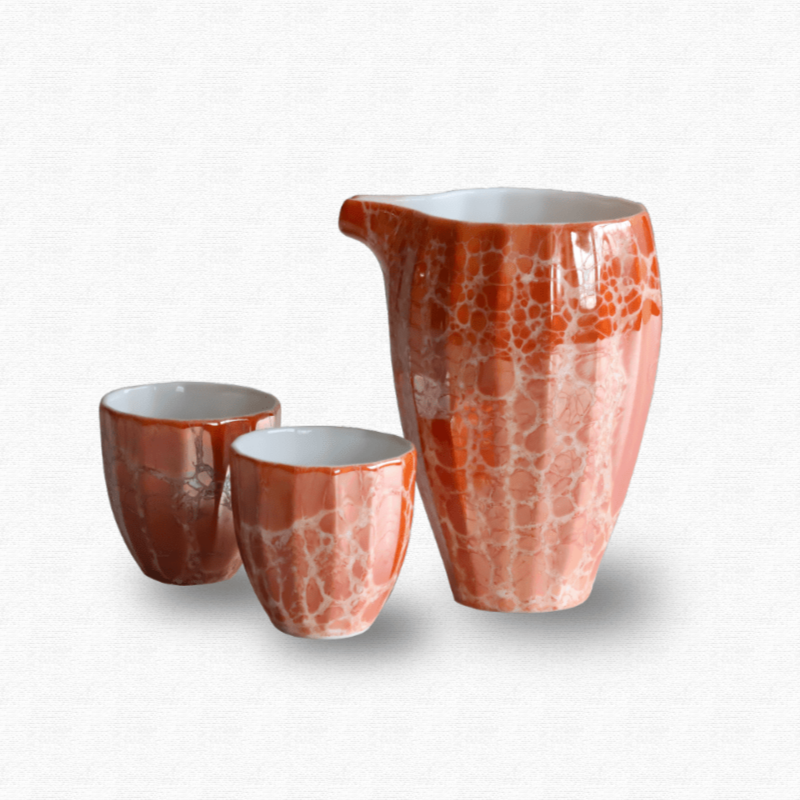
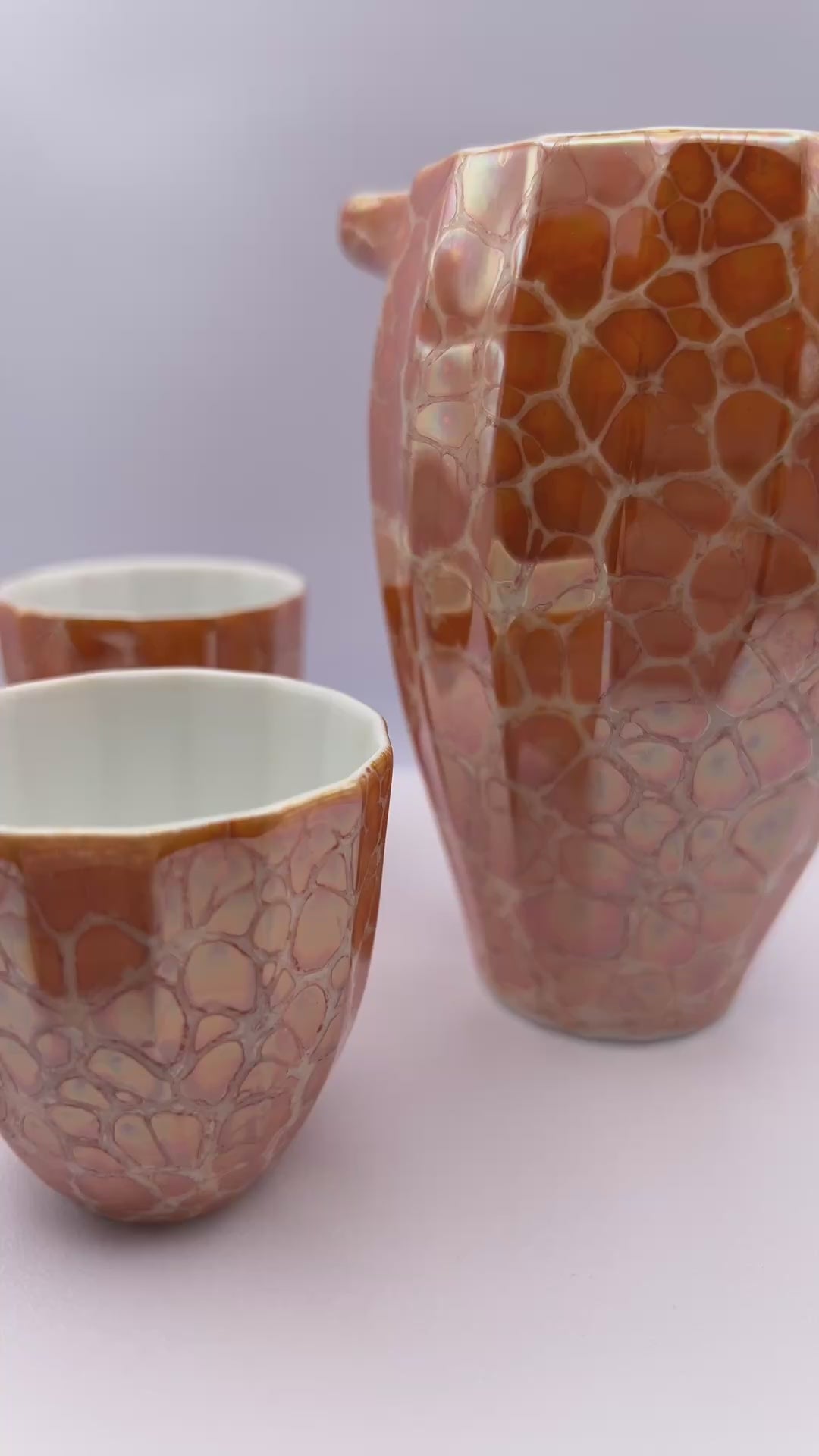
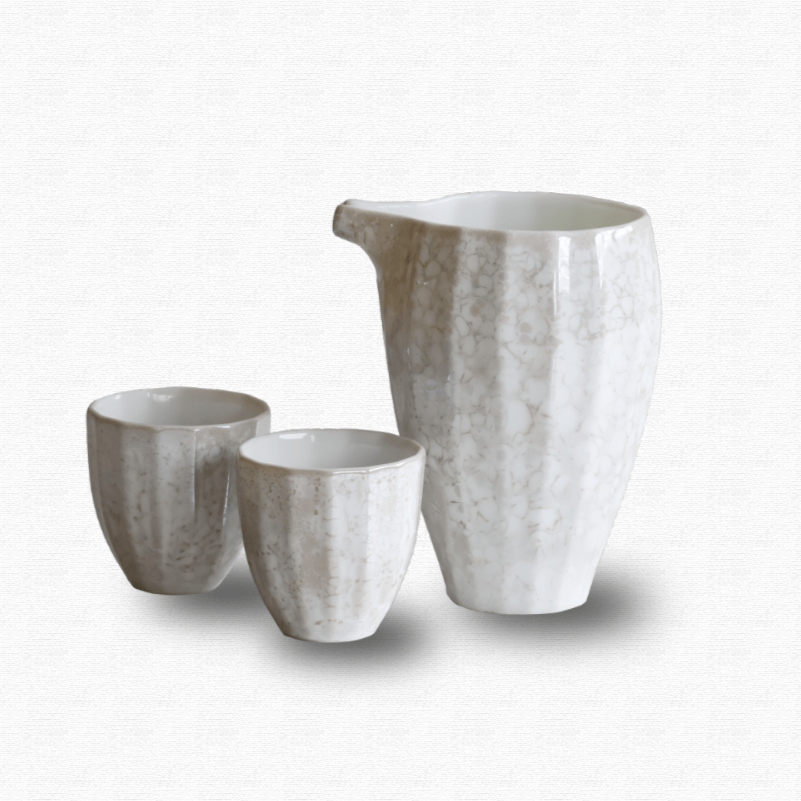
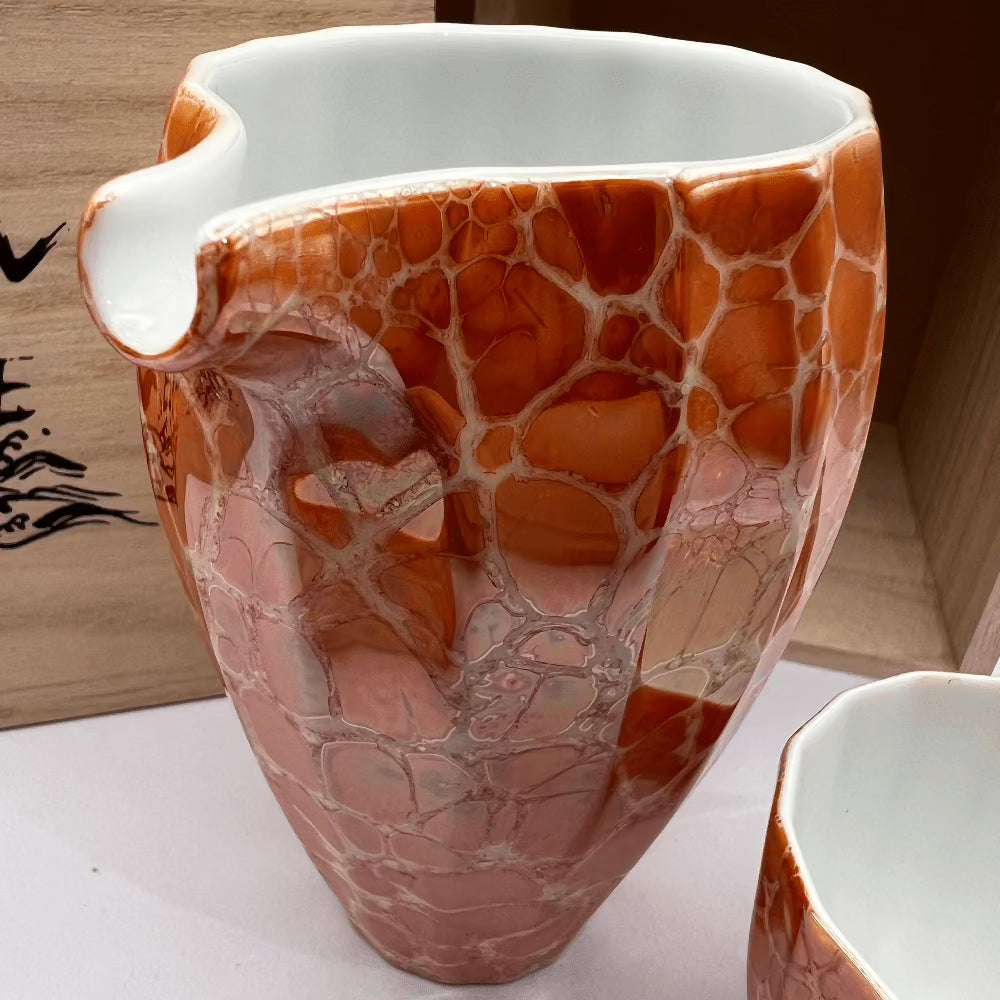
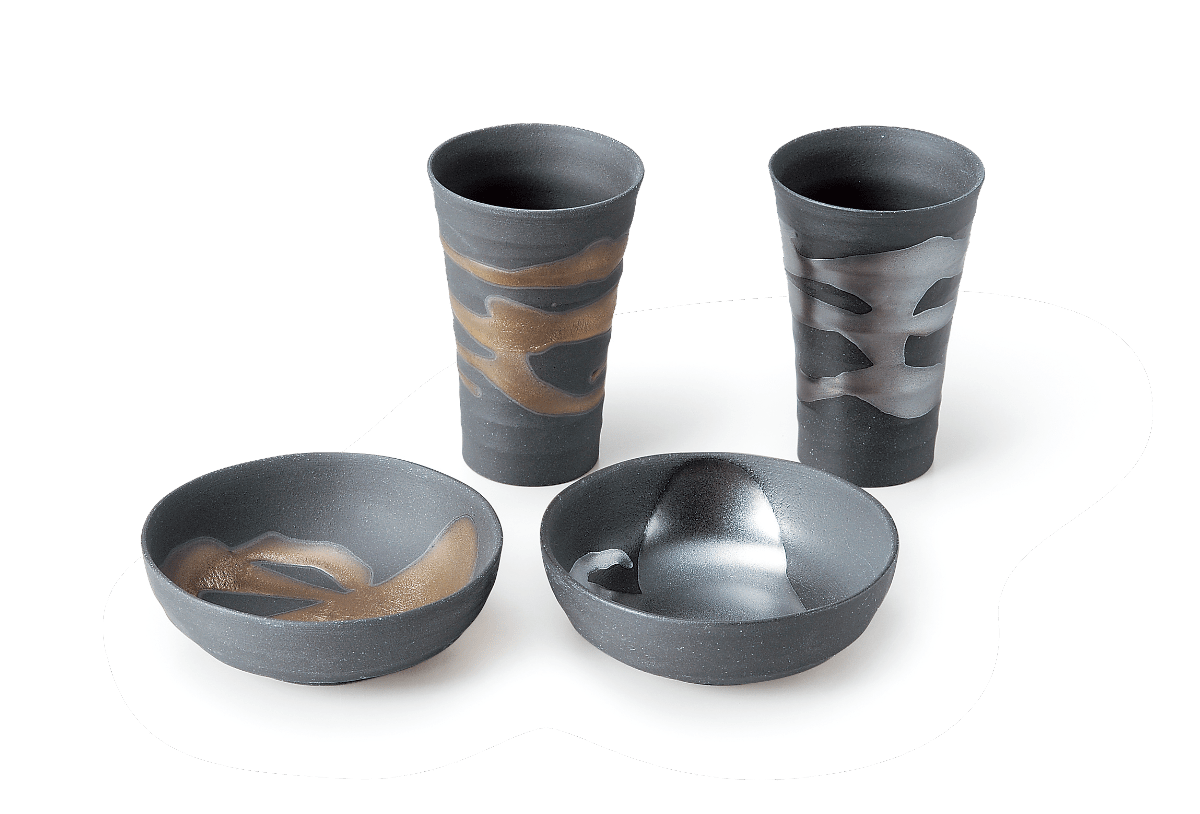
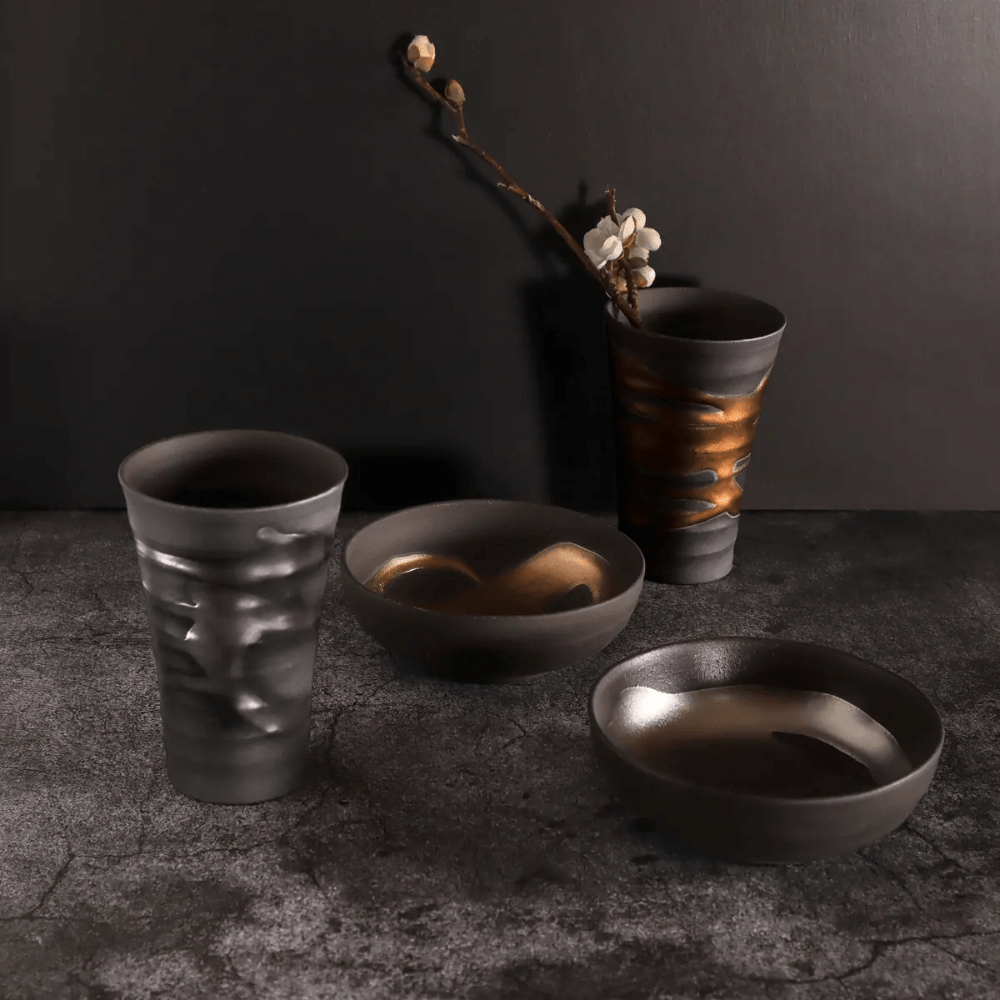
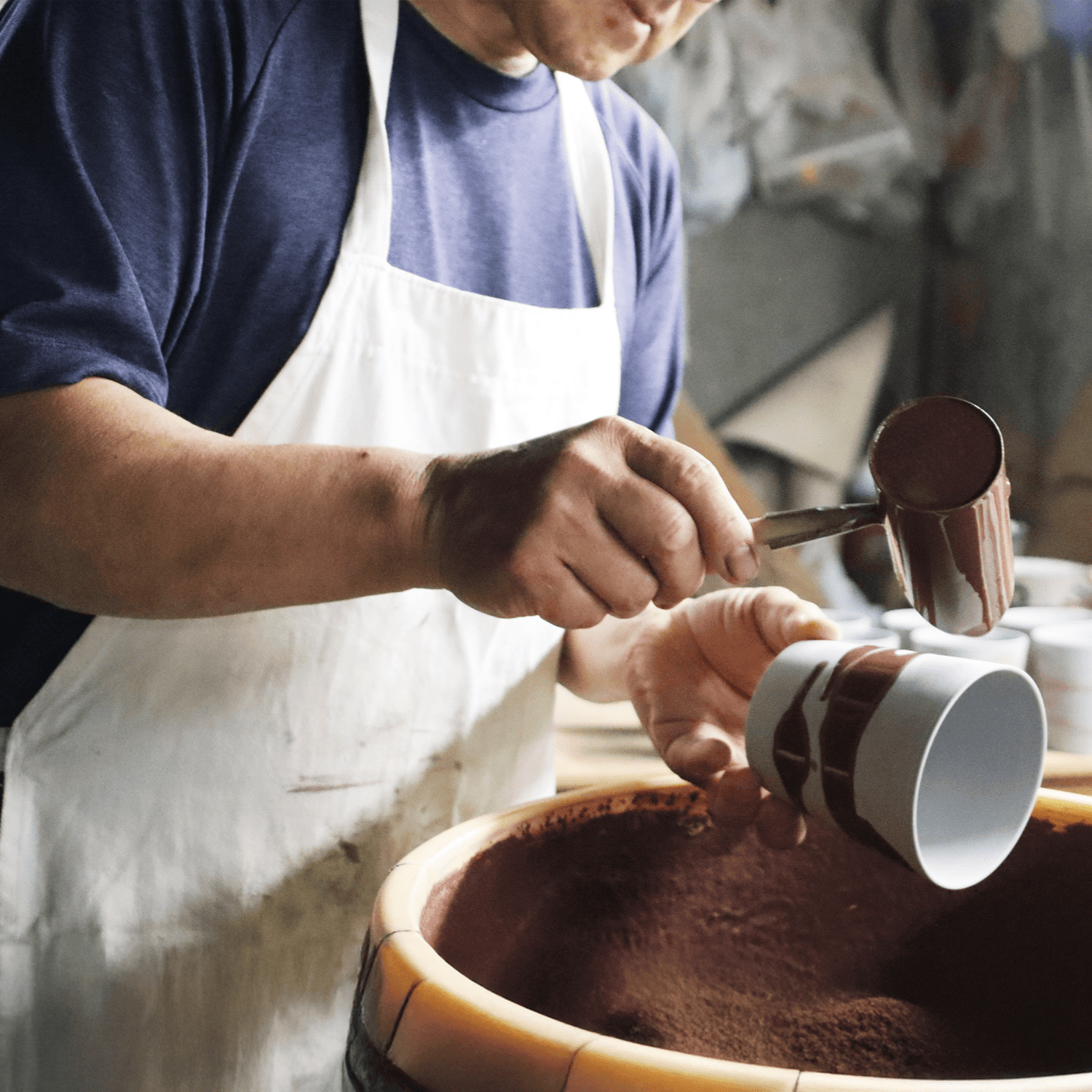
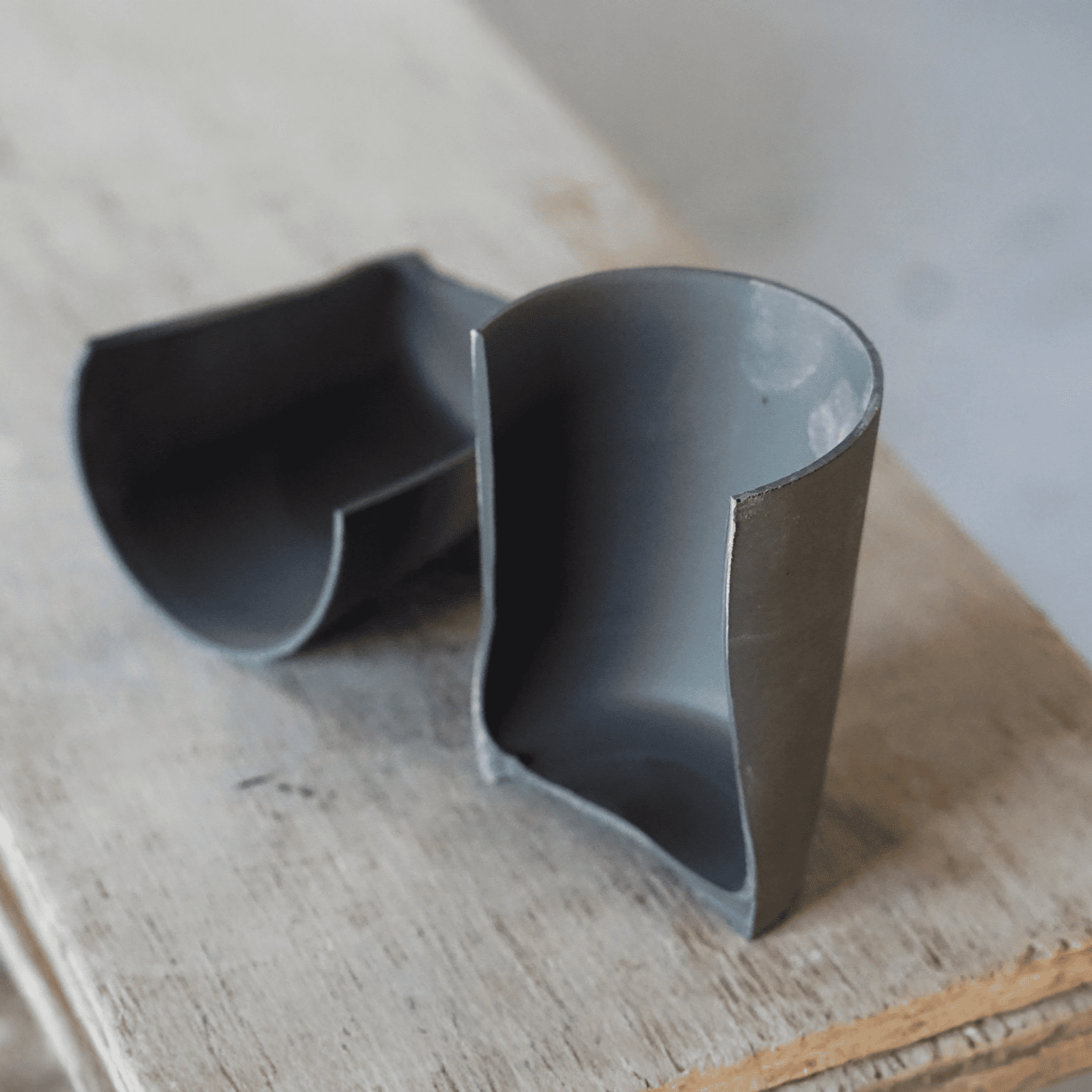
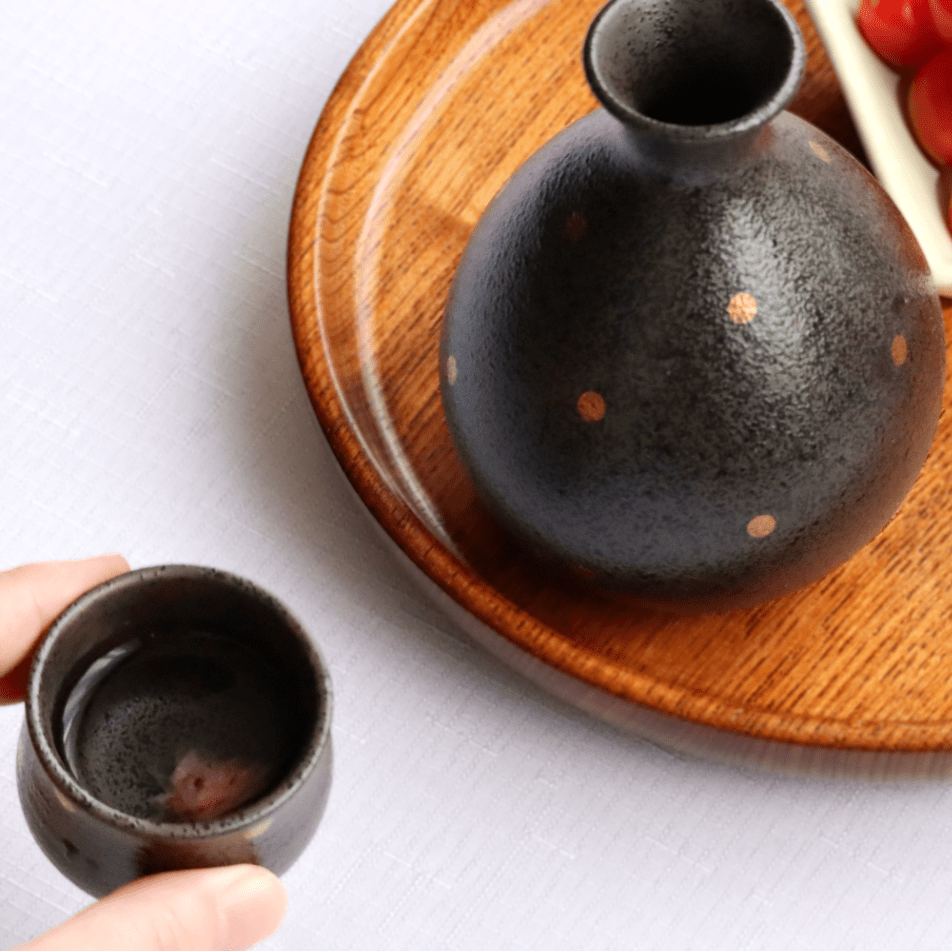
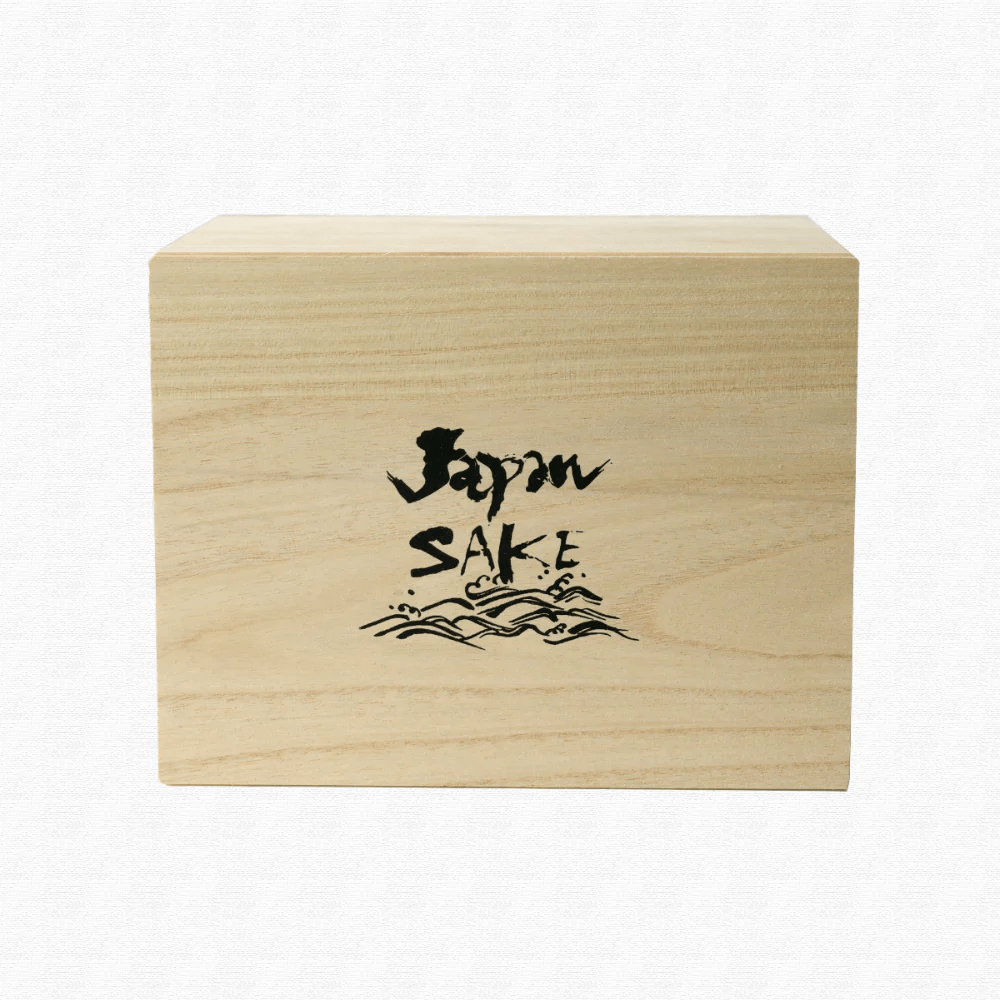

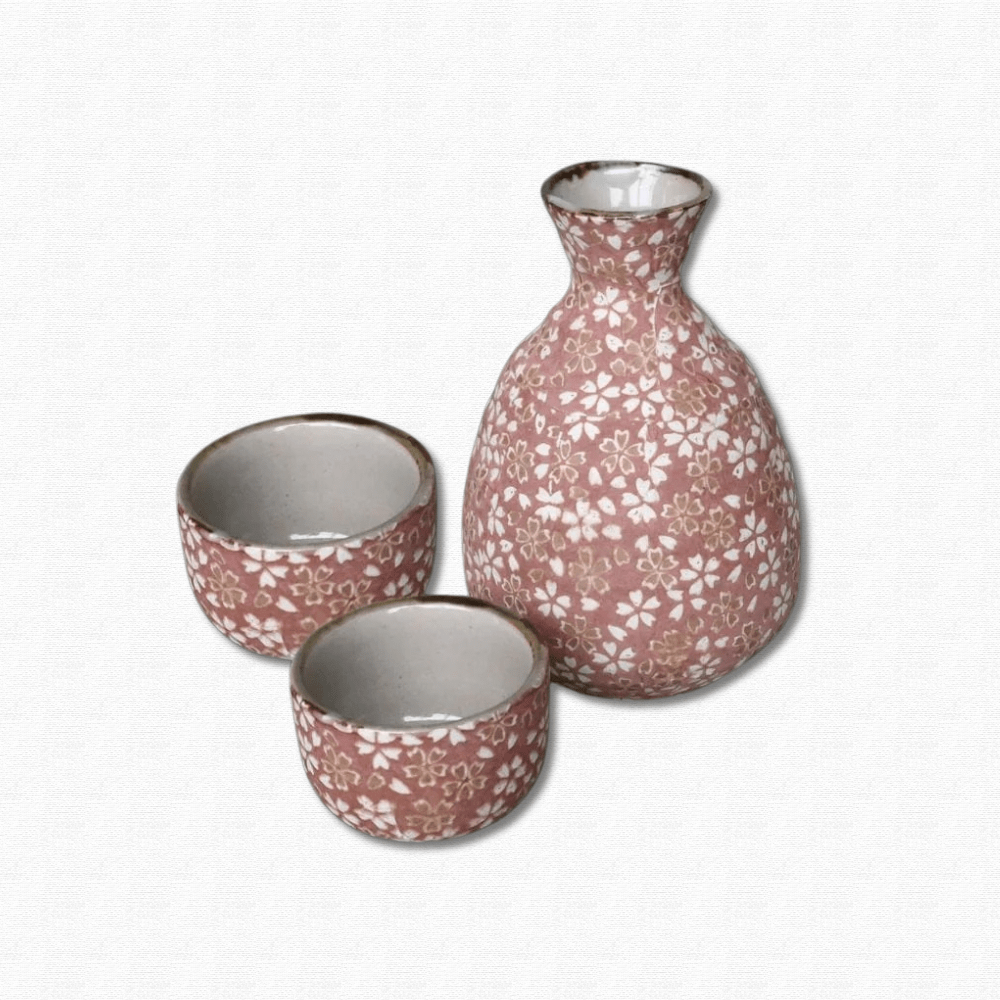
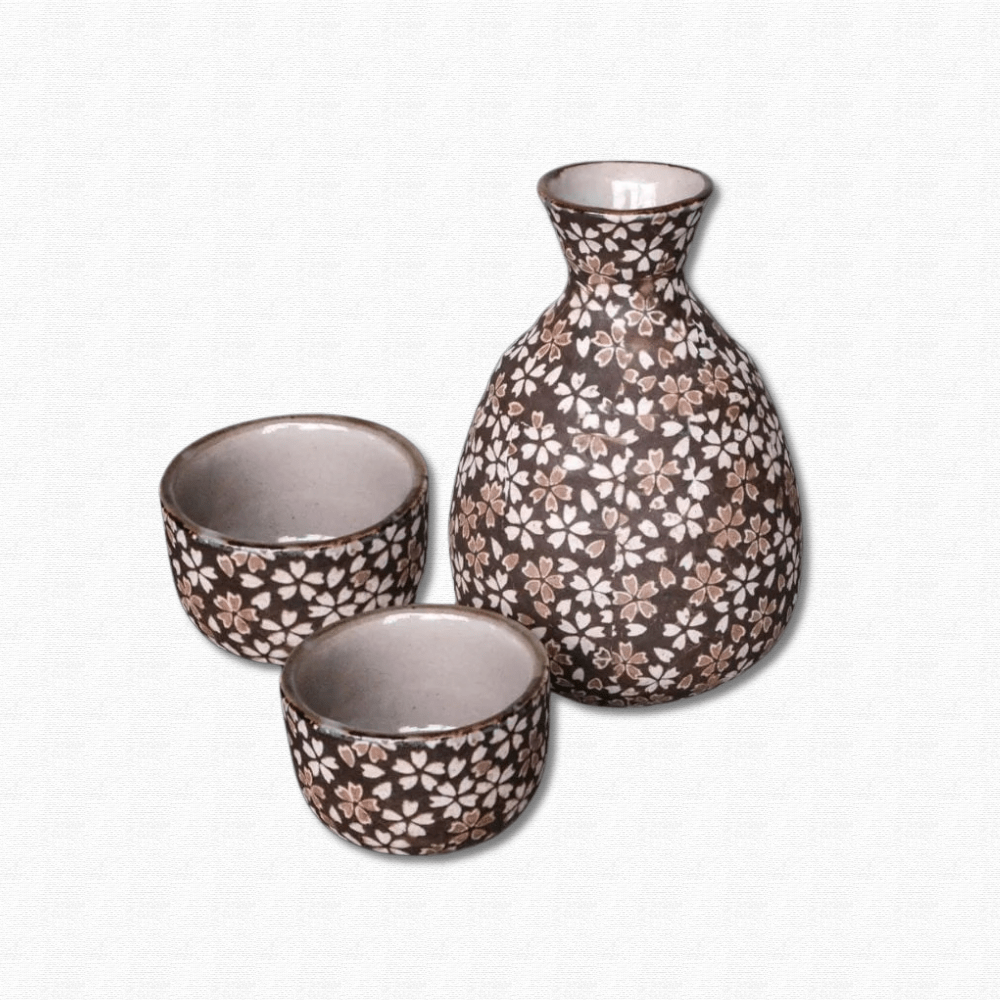
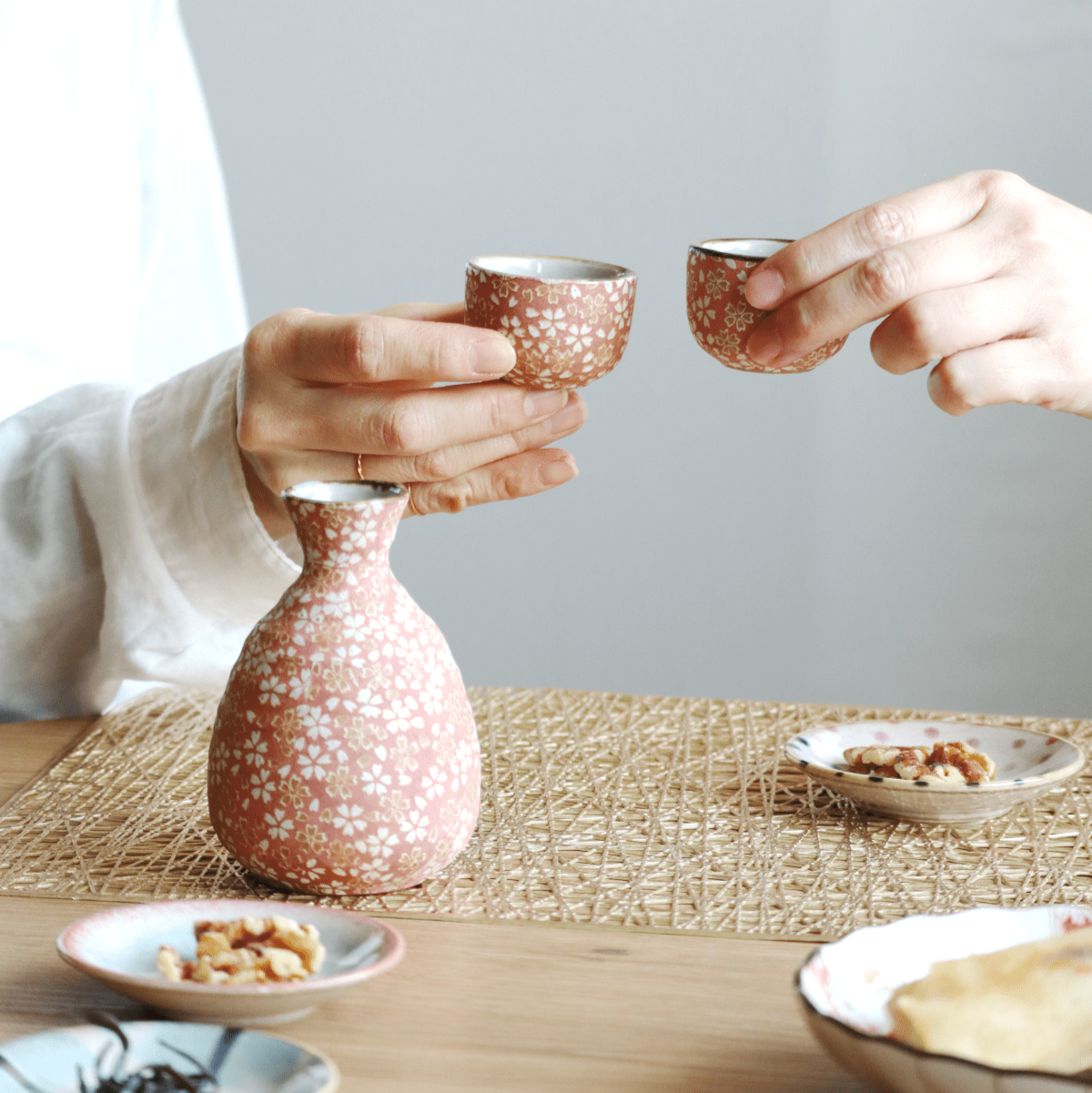
Share: